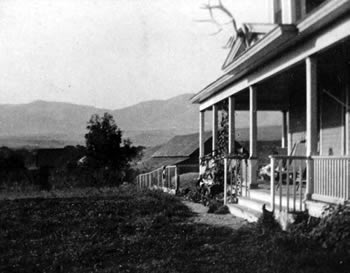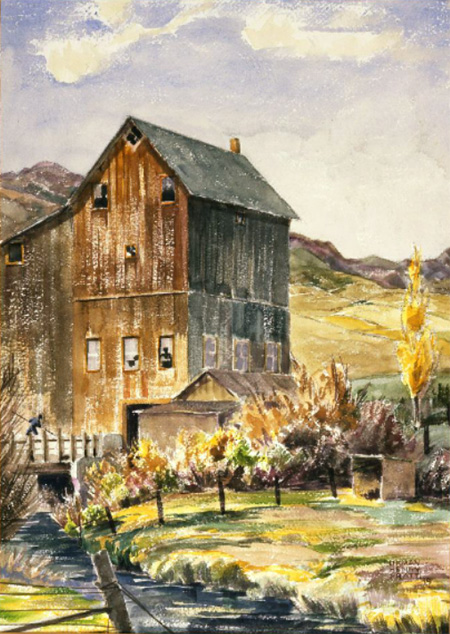Beckton is one of the oldest ranches in the Sheridan, Wyoming area. It came into Forbes ownership in 1898, and has grown since then. The home ranch lies in the foothills of the Bighorn Mountains, near the original Bozeman Trail.
The site of the current ranch headquarters once included a post office and flour mill, founded by George Beck, from which the name "Beckton". George Beck's house, built in the 1880's, now serves as the ranch office. During the early 1900s, Beckton became known for Clydesdale draft horses and Rambouillet sheep, as well as running a herd of commercial Hereford cattle.
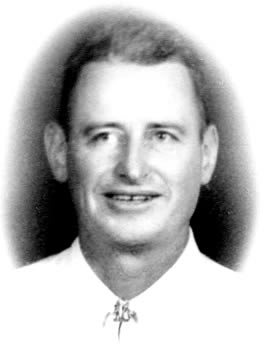
Waldo Emerson Forbes,
first president of the Red Angus Association of America
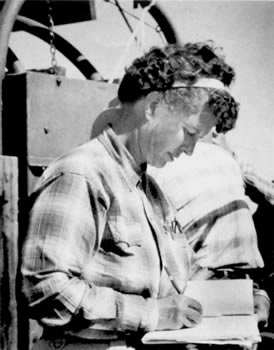
Sally Forbes
In 1935, Waldo Forbes established his ranch home following college and began to build a commercial herd of Hereford cattle. He and Sal were married in 1939.
Waldo was interested in applying to beef cattle the ideas of performance testing and genetic selection for economically important traits. In 1945 at the end of World War II, he embarked on the undertaking that he hoped could make a contribution to the future direction of the beef industry: the establishment of a new breed to be based on selection by performance traits of economic importance as well as by eye evaluation.
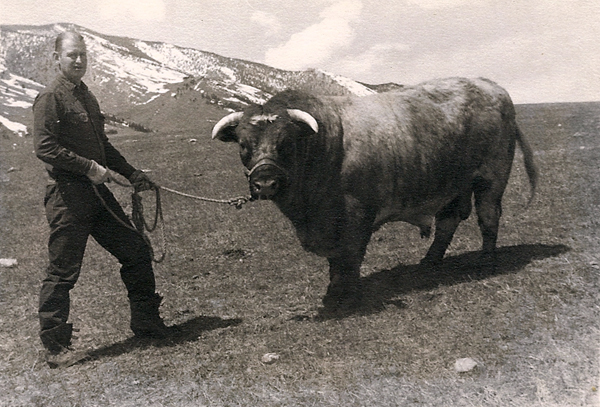
This photo of Waldo Forbes with a Shorthorn bull dates from 1952.
In its early years, the ranch experimented with a number of different breeds for potential crossbreeding.
He bought top red calves from 18 leading registered Black Angus herds across the United States, using these red-gene cattle to build the foundation herd of a new breed that was independent of existing breed associations. During the next decade, Beckton added many more red bulls and females from registered Black Angus herds. Beckton was also active with crossbreeding in the commercial herd and, later, with AI.
In 1954 this new breed was formally established when the Red Angus Association of America was founded with performance testing as the cornerstone of breed improvement. Waldo served as the first president of the association until his death at the end of 1955. Sal served as the association's first Executive Secretary.
Today Beckton is the largest straight Red Angus herd in the country, running 1050 mother cows, 350 replacement females, and 100+ bulls (as well as several hundred deer and elk) on 15,000 deeded and State lease acres. Each year, about 75% of the cowherd is moved to high mountain pastures in mid-summer - deeded land, plus Forest Service leases which provide 950 animal unit months (AUM's) of the 18,000 AUM's annual requirement. The ranch grows all its own hay, primarily as grass-alfalfa mixes, on its irrigated ground.



